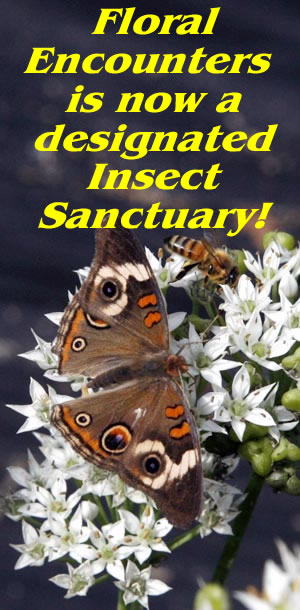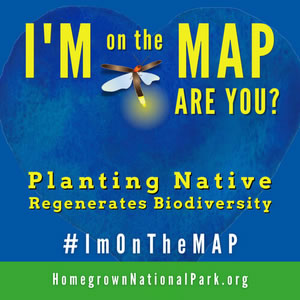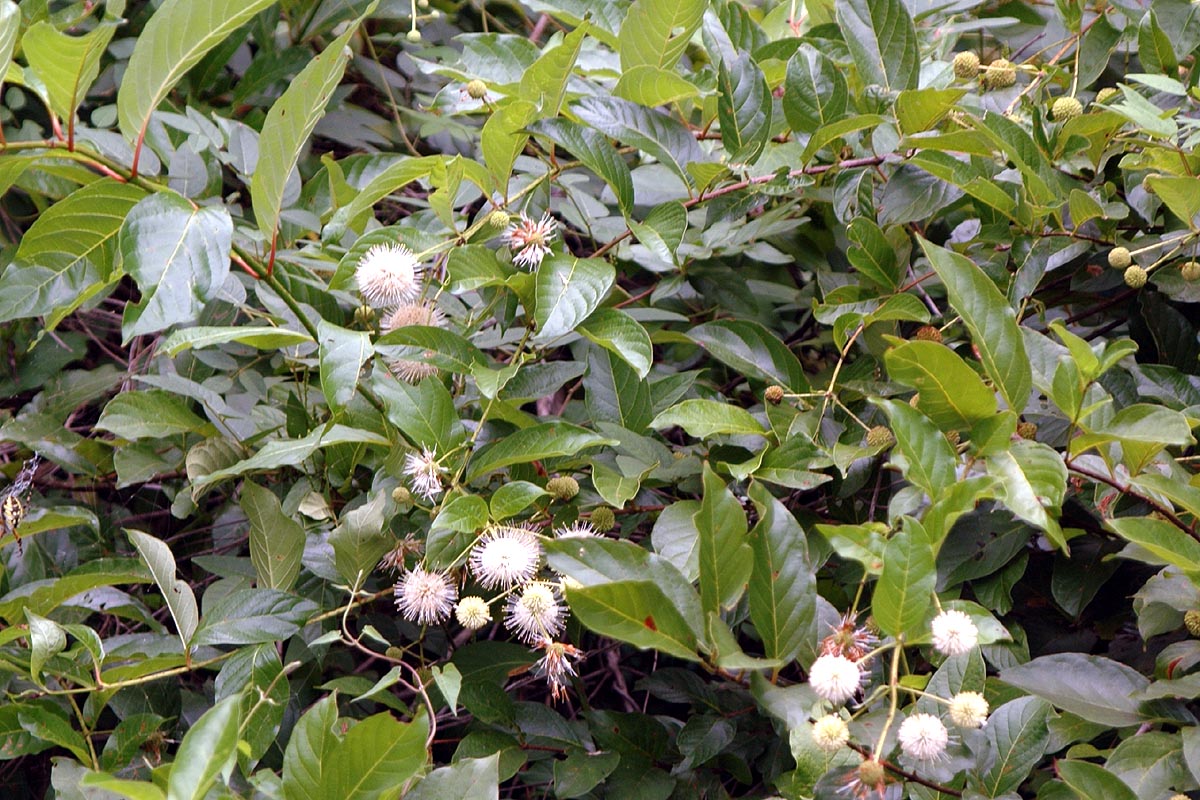A plant that does love wet feet! For those areas of your garden that have a lot of water. The side of a pond, lake, stream or swamp which some people may have. Suitable for rain gardens provided there is no drought., then it will need extra water. Buttonbush is not really fussy about soil type but does not do well in strongly alkaline soil. This Native American shrub or small tree offers glossy green leaves in the growing season and a long period of lovely white globe like flowers that bloom for several months. Multitudes of butterflies, hummingbirds and bees visit the flowers for their prolific nectar which is why its often known as honeyball. Grows in zones 5-9. Needs almost no attention once its established and wildlife dont eat it. At least not the leaves, they may enjoy some of the sweet flowers . Easy to grow from seed fairly fast growing idea for areas that may have erosion its strong roots hold stream banks and swamps together.
Description of Buttonbush (Cephalanthus occidentalis).
Native deciduous perennial shrub or small tree, buttonbush is most often multi stemmed which defines it as a shrub when it usually grows to about 12 feet (m) but can, on occasion have only one stem when it grows as a tree which can reach 20 feet (m). It produces glossy dark green lance shaped leaves up to (18cm) long and (7.5cm) wide with deep veins and smooth margins. Leaves are arranged in opposite pairs or sometimes in whorls on the brown scaly stems. In early summer the flowers begin to appear at the tips of the branches and from the leaf nodes in the top one third of the plant. Each white flower is a long fused tube that opens at the end into mostly five but sometimes four oval shaped 'petals'. From the center of each flower protrudes a much longer style with a bright yellow sphere on the end. The tiny flowers are packed tightly together to form a globular shape that resembles a fuzzy ball about 2 inches (cm) across. Flowers have a light honey like aroma and each flower head lasts only a few days but they are produced prolifically so flowering time is many weeks often months depending on location.
Flower heads are fade to rusty brown color and can remain on the plant well into the winter. Each consists of a tightly packed triangular seeds that make good food for wildlife.
Sow seeds in small pots or large celled trays and keep moist. Only lightly cover the seeds and place in a cool, not warm, location with good light. Seeds may take up to 60 days to germinate so be patience and dont let them dry out.
Once germinated grow on in small individual pots keep moist at all times. This plant cannot tolerate drying out.
One way is to place all pots in a tray and keep the water level in the tray at about one inch (2.5cm) deep. If placing outside in summer add a few mosquito pellets to prevent them from laying their eggs there. This will not harm the plants.
Start in semi shade and gradually introduce plants to full sunshine. Moving them from shade to sun in one move can cause leaf damage and drop. Once plants reach 8 inches (20 cm) in height they can be planted out in their final location. Protect from wildlife browsing. While wildlife does not eat the mature plant they will often eat seedlings until they are established and can produce repelling compounds in their leaves.
Its very happy in swamps, floodplains, marshes, bogs, ditches that are underwater for part of the year, and alluvial plains with intermittent flooding. This kind of environment leans towards more neutral to acidic soils so it does not do well in heavy alkaline soils.
It can tolerate full sun if planted next to a river, lake, pond or other constant water source. However if the water source is more intermittent such as flood planes, rain gardens ditches and such some shade is required as this bush loses a lot of water in full sun and if it cannot replenish it then it will suffer. In such locations your zone will also be important. Colder zones (4b-5b) can tolerate full sun for longer. Its common range of 6a -7b four hours of full sun should be the maximum with the rest in dappled or light shade. In zones below this with intermittent water more light shade is required to keep the plant fully healthy. If there is not a constant water supply.
Buttonbush is very tolerant of a wide range of temperatures from zone 5-11. However the hotter it is the more water it will require. It does best in temperatures from around 61-85 F (c) but it is tolerant of high humidity levels provided there is plenty of water.
Deer dont eat the leaves much but they may seek out the sweet honey flowers the Sp






Cephalanthus_occidentalis_flowers_L.jpg)

